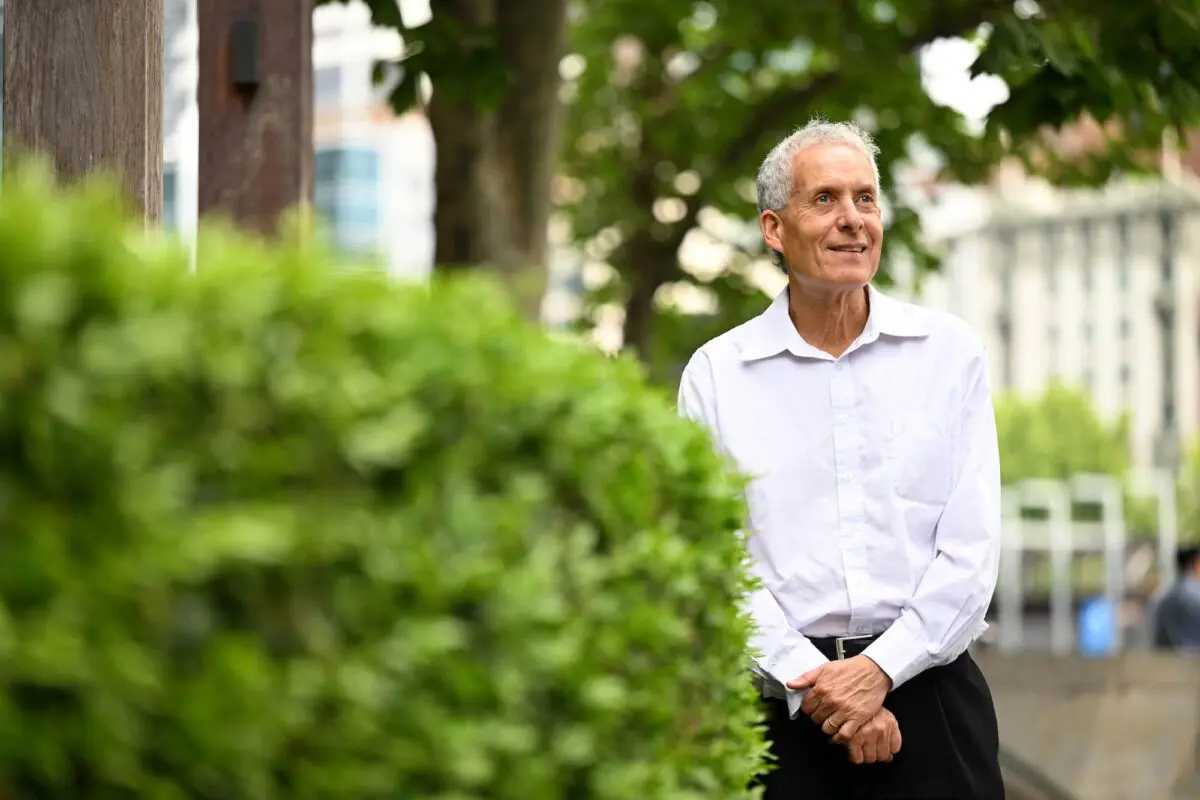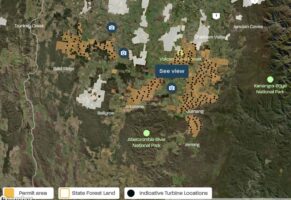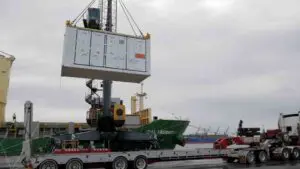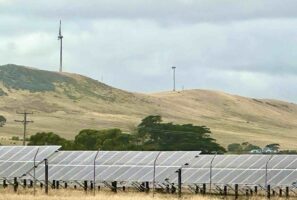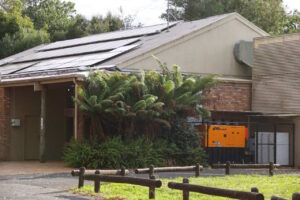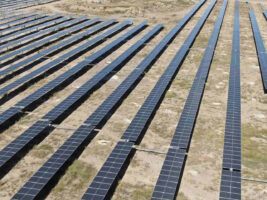Andrew Blakers has waited a long time to see his innovation take its place in the sun.
Now, the technology he created is helping to power half the world’s solar panels, fuelling a global shift to renewable energy.
The engineering professor’s breakthrough work was recognised at the Australian Academy of Technological Science and Engineering Awards in Melbourne on Thursday night, in one of seven awards celebrating Australian inventors.
Professor Blakers, who is now researching hydroelectricity, said he hoped the recognition would inspire more scientists to pursue their goals, and more organisations to back early and late stage scientific achievements.
His invention, passivated emitter and rear contact (PERC) solar cells, allow solar panels to produce more energy than conventional panels.
But the discovery was treated as a “laboratory curiosity” for years, Prof Blakers told AAP, until scientists worked out how to manufacture it.
“Sometimes it takes a long time for science to be translated into a commercial product,” he said.
“In the case of the PERC solar cell, there was a gap of 20 years between the early PERC cells in the laboratory and the development of large-scale industrial processes.”
The Australian National University professor, who collected the Clunies-Ross Technology Innovation Award, has turned his attention to identifying potential pumped hydro energy storage sites around the world and said Australia had more than 5000 locations from which to choose.
By combining this technology with renewable energy generated from solar panels and wind turbines, he said, Australia could rapidly move to a less polluted energy model.
“Solar and wind have won the global energy race,” he said.
“We have everything we need now to get to 100 per cent renewable and get rid of 80 per cent of our greenhouse gas emissions.”
Other award winners at the event included Professor Sara Couperthwaite, from QUT, who developed a way to turn mining waste into alumina for use in lithium-ion batteries, and structural engineer Dr Scott Menegon for his work earthquake-proofing large buildings across Australia.
Dr Fiona Walsh and the Kanyirninpa Jukurrpa organisation also shared the Traditional Knowledge Innovation Award for their research into “linyji” or fairy circles that house termites and water spots throughout the Australian desert.
ATSE president Dr Kathrine Woodthorpe said the innovations recognised at the event demonstrated how scientific achievements could change lives.
“These winners are showcasing innovations that will catalyse Australia’s future industries and unlock prosperity, safety and sustainability,” she said.
“This must be cherished, nurtured and grown so that Australia continues to inspire future generations of STEM leaders.”
Source: AAP

